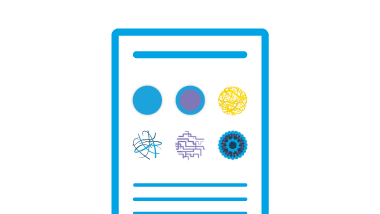Microfluidic hydrogel microspheres have been broadly studied across a wide range of industries and applications, and their use in the medical field, including control cells and drug delivery, is increasing. The usual design of these materials is intended to enable the efficient and smart encapsulation of cells and/or drugs in microspheres in which the functionalities and features are effectively controlled, lending themselves some unique properties.
Dolomite’s leading microfluidic technology offers unique systems to generate hydrogel droplets from a liquid stream of hydrogel that can be hardened into solid hydrogel beads. The use of hydrogel beads offers promising delivery systems for encapsulation and release of proteins, enzymes, bacteria, and viruses. Dolomite microfluidic technologies can be used for bead formation with hydrogels such as agarose, alginate, collagen (e.g. Matrigel), and gelatine.
In this webinar, our guest speaker – Ms Anna Cameron from Rinke Group, University of Queensland, Australia shares their research, which is focused on the high-throughput production of agarose and alginate microparticles for single-cell encapsulation of bacterial populations. This process utilises common lab hydrogels in tandem with established, and upcoming, stabilising surfactants to form homogenous microparticles. Microparticles production is done within the Dolomite µEncapsulator system, with a µEncapsulator 2 Reagent Droplet Chip (15µm and 30 µm channel size). The microparticles produced can be employed within numerous research applications.
Read more about how microfluidic technology enables compartmentalising cell cultures, controlling drug delivery rates or encapsulating functional materials among other applications.


Methodology for encapsulation of CHO cells in aqueous droplets using microfluidic droplet methods.

Methodology for monodisperse agarose particle production using microfluidic droplet methods, with particle sizes varied between 20 µm to 130 µm.